The God of War games made waves in their first outing and have never ebbed since then. Dinesh Elumalai looks back at this riveting series.
The God of War series has become an unlikely marquee series for the PlayStation. It is unlikely because one might expect its extreme violence to be unappealing to the public.
The tragic story of Kratos, on the other hand, has widespread appeal. Since 2005, millions of players have felt his rage, power-hungry madness, and eventual deep regret.
Sony PlayStation 2, The Santa Monica studio, a division of Sony Interactive Entertainment, began developing the KINETICA game engine in 1999. This engine was used to create Santa Monica’s first game, Kinetica, a futuristic racing game that garnered favorable reviews. When Santa Monica first revealed in 2004 that they were developing a hack-and-slash game that combined elements from games like Devil May Cry, ICO, and Capcom’s Onimusha, they started working on an action-adventure game with a heavy emphasis on various mythological elements. They wanted to create a game about Greek mythology but with more mature themes, including sex and violence-something that other games frequently avoided for the sake of sales.
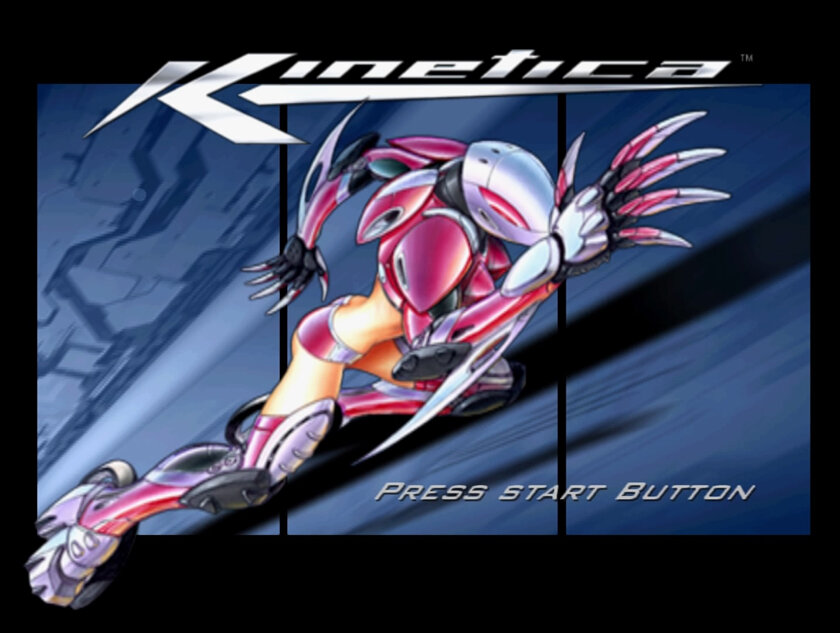
The original trilogy for the PlayStation 2 and 3 was the video game genre’s best example of the young adult masculinity of the early 2000s. But in 2018, “God of War” on the PlayStation 4 accomplished the extraordinary feat of reinventing the series while carrying on its story, attracting even more fans. If you exclude “Marvel’s Spider-Man,” that game’s 23 million copies sold put the series at the top of the Sony first-party food chain. That is a remarkable accomplishment for a family-themed game and tale that is not really geared toward families.
The series’ three main game design pillars have been spectacle, fighting, and puzzle solving. Even in the 2018 game and its follow-up, “God of War Ragnarök,” this is still true. The contemporary series, while still attempting to convey that sense of huge, violent spectacle, focuses a higher emphasis on emotional depth and cinematic storytelling.
The series does not contain a single dud. Even the poorest God of War game is fun and has lots of things to like about it. And there are compelling cases for each of the finest games to be regarded as the series’ best.
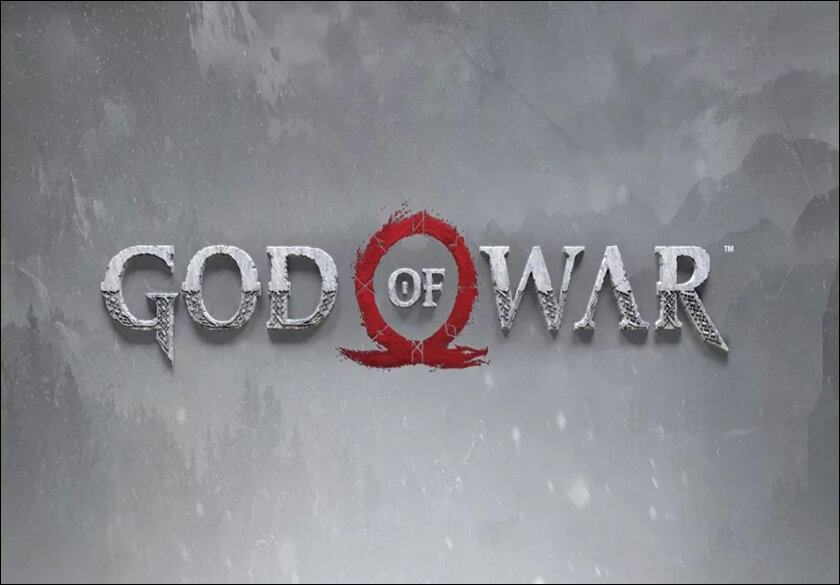
How to play God of War games in sequence of when they were released
Dating all the way back from PS2 era in 2005, here is the list based on the release date that everyone else experienced Kratos’s journey in.
1. God of War – PS2, 2005
2. God of War II – PS2, 2007
3. God of War: Betrayal – Mobile, 2007
4. God of War: Chains of Olympus – PSP, 2008
5. God of War III – PS3, 2010
6. God of War: Ghost of Sparta – PSP, 2010
7. God of War: Ascension – PS3, 2013
8. God of War – PS4, 2018
9. God of War Ragnarök – PS4&PS5, 2022
God of War – PS2 in 2005
The fact that the remaining games on this list were able to improve upon this astounding debut is a testament to their ability to do so. This was one of the earliest instances of a Sony exclusive game utilizing a console to its fullest ability. The PlayStation 2 was the poorest machine of its age, but this game, created by David Scoff Jaffe, was the best demonstration of Sony’s prowess in high-fidelity gameplay, running at a 480p resolution that was unheard of in 2005 for console games.
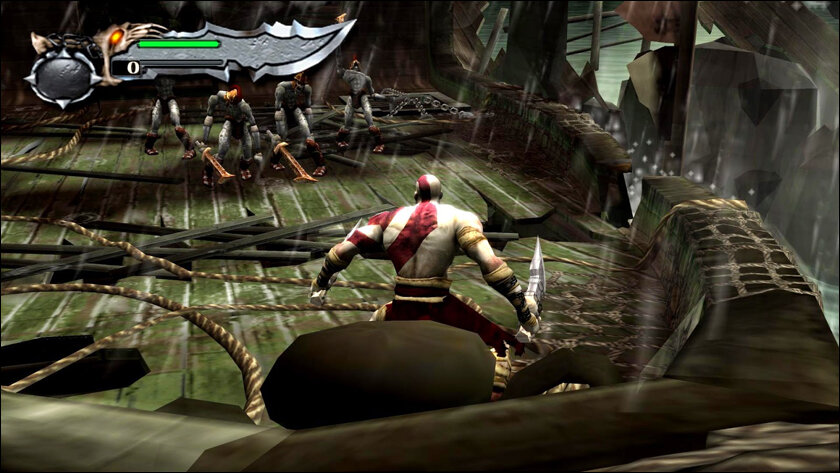
The grandeur and size of the narrative were astounding, and towering level designs like the temple perched atop the Titan Cronos were clearly inspired by “Ico.” This first entry’s low ranking is attributable to the frustrating puzzle and platforming features. Kratos’s escape from the Underworld during the balance beam blade phase is sure to have traumatized everybody who played this game. The early 2000s experimentation with 3D video games, made popular by the Tomb Raider series, are reflected in its focus on box-pushing puzzles. Another remnant of the series are its crude depictions of sex and sexuality, which were first endearing but evolved into a tedious routine by the time the PS4 era came around.
God of War 2 – PS2 in 2007
The stakes in this game were bigger than any previous. Even though cliffhangers can be challenging to write well, Cory Barlog’s directorial debut holds the record for having the most enticing cliffhanger ever. Kratos, a little but formidable god, is betrayed by Zeus at the beginning of the story, and at the conclusion, he physically cuts the strands of fate that bound him so he can ride a Titan and wage war on the Greek gods. Kratos’s mobility sets him apart from other action game heroes, despite the series wearing Capcom’s Devil May Cry and Street Fighter series as inspirations. It is telling that Barlog began working on this project as an animator. The PlayStation 2, the best-selling gaming console in history, is called its swan song with this second game.
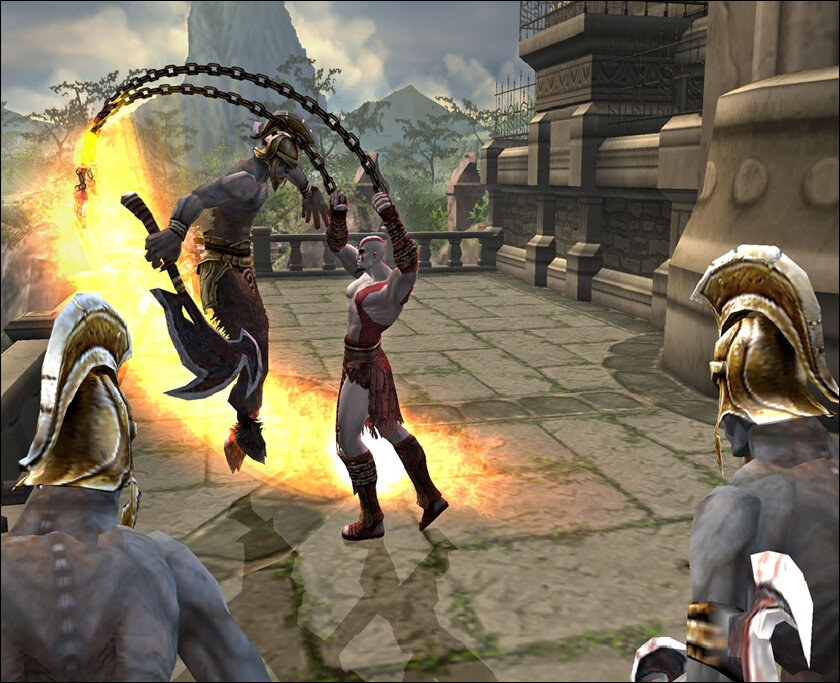
God of War: Betrayal – Mobile version in 2007
God of War: Betrayal is a 2D side-scrolling game that follows Kratos on a merciless mission to clear his name after being falsely accused of murder. It was an early attempt to reproduce console games on smartphones.
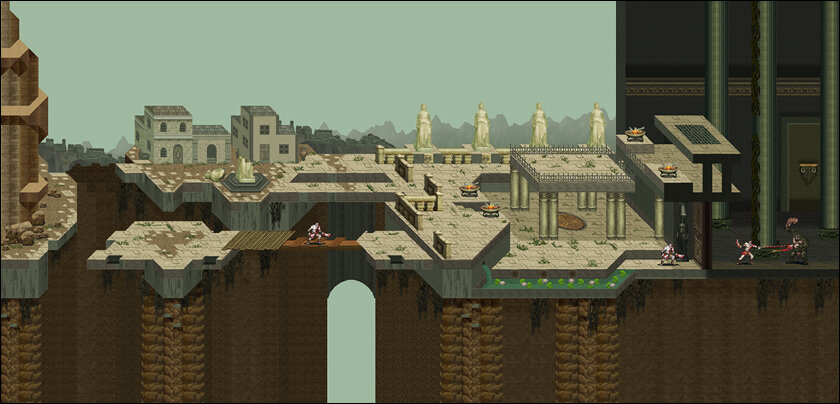
It has been proven to be canon despite fan rumors to the contrary, even though it is becoming increasingly difficult to locate. However, this one has become my least favorite to spend time on.
God of War: Chains of Olympus – PSP in 2008
With the PlayStation Portable, PlayStation 2 console-caliber graphics and gameplay were made available on a portable, pocket-sized device. The shock of high-fidelity mobile gaming was only increased by this entry, which was produced by Ready at Dawn Studios.
While “God of War: Chains of Olympus” comes close to matching the magnitude and spectacle of the original 2005 release, it is hindered by an odd control method that results from fitting the game onto a tablet with fewer buttons. This restriction reduces the difficulty of the game’s puzzles and fighting significantly.
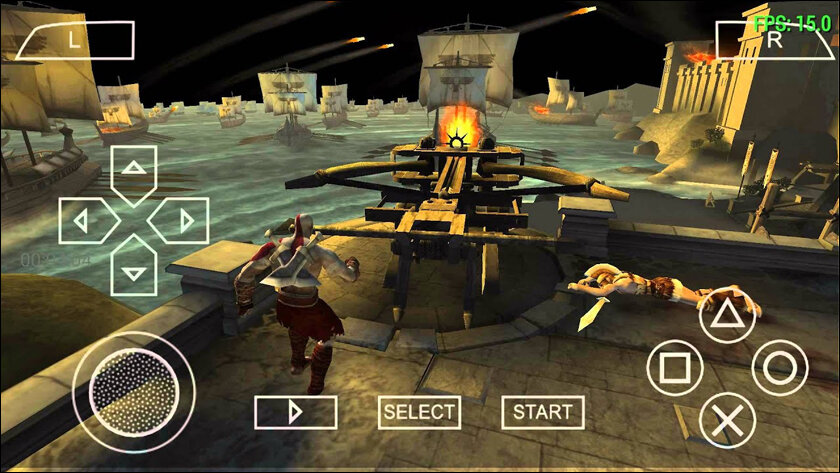
The fact that the game was created in a mobile gaming environment that had not yet developed into the golden age of fully complete portable devices, like the Nintendo Switch and Valve Steam Deck, is its major shortcoming.
God of War 3 – PS3 in 2010
To this day, “God of War 3’s” opening thirty minutes rank among the most amazing in all of video games. A Titan punching Poseidon’s divine form and launching Kratos into and through it to yank the god out of the water and onto a more level playing field can be appreciated even by those who have no interest in video games. The murder of Poseidon that followed, along with the accompanying floods that ravaged the Greek civilization, established the stakes: Kratos was about to destroy Greek polytheism with his own two hands.
In its absurd attempt to surpass the earlier games, the game was. Because it pushed past all restrictions while creating its creatures and play spaces, this game is the one that is most responsible for the series’ weariness. Kratos blows out the entire rogues’ gallery of Greek gods as he ascends from the Underworld to the summit of Mount Olympus for the final fight with Zeus.
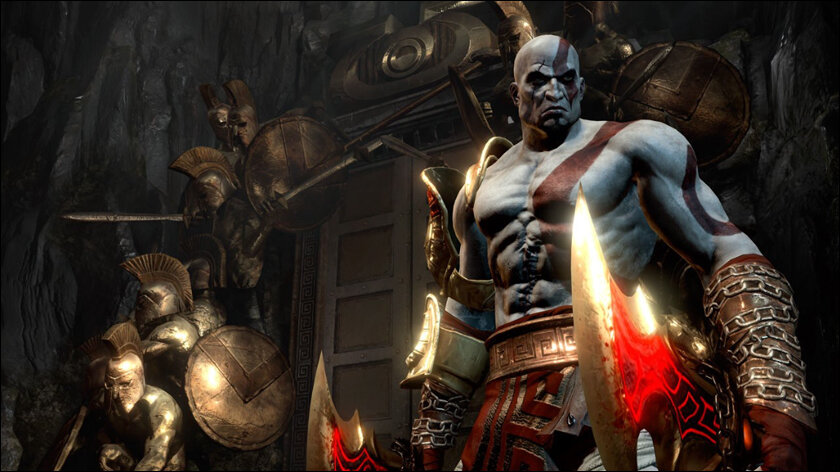
No kill had quite the same impact as Poseidon’s, but there have been many attempts. The memory of Helios’s death is very graphic. Kratos subsequently experiences distress because of the memories he creates here. Sadly, Kratos! But fortunately for us, the only negative side effect was that we grew a little tired of the series while embodying his reckless insanity. The following big release and game on this list would correct that.
God of War: Ghost of Sparta – PSP in 2010
In terms of the plot, this is less of a direct sequel than it is to the original game. The focus of this second PSP game is Kratos’ brother Deimos, who was first blamed for the fall of Mount Olympus. This is simply a better, more simplified experience than the earlier PSP title-and even the first game-which was once again created by Ready at Dawn Studios. Additionally, it takes place in Atlantis, which starts out vibrantly alive before burning down and disappearing beneath the waves as soon as Kratos lands. Despite being released in the same year as the brilliant and beautiful PlayStation 3 title, it is preferable to play this game in narrative order immediately following its 2005 release. I probably rank it higher than the first game because of the way I played it.
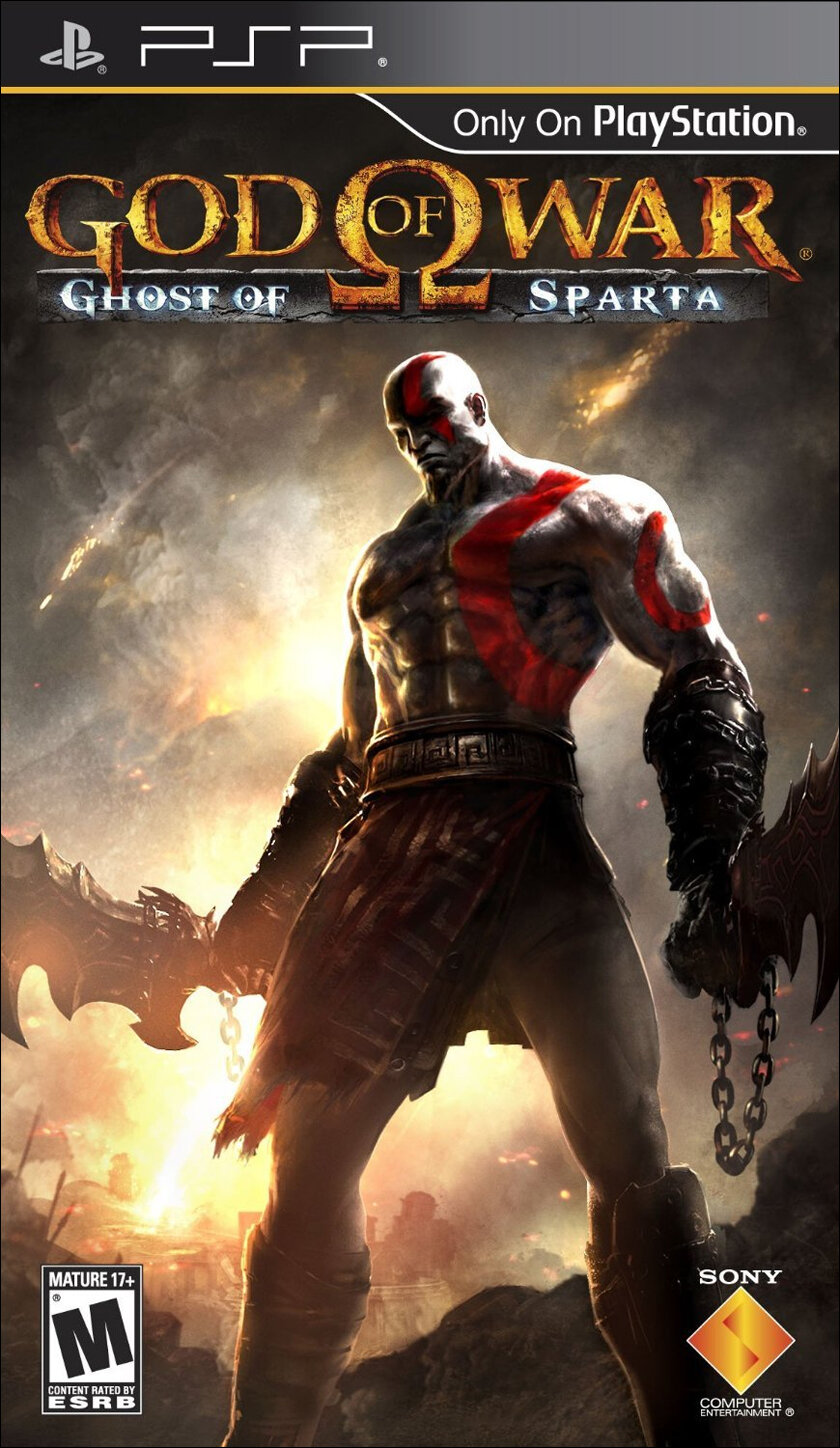
God of War: Ascension – PS3 in 2013
In retrospect, this game has the most ambitious, daring, and breathtaking level design in the entire series. Aegaeon the Hecatonchires, a giant with 50 heads and 100 arms, is the model for the initial temple, which is embedded within his body. As you fight the giant, the building changes, providing a spectacular and breath-taking vista unlike any other in the series.
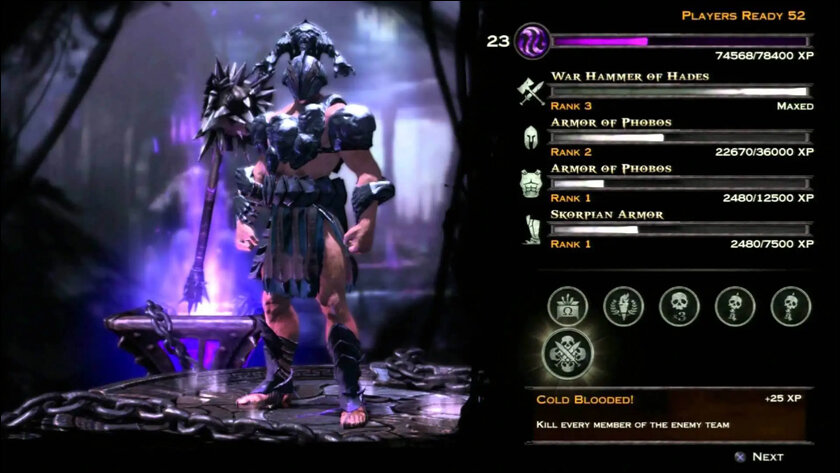
“Ascension” has a terrible reputation, which is made worse by the inclusion of an obtrusive multiplayer function, which is a sign of that console generation’s propensity to cram multiplayer features into games that do not call for them. But rest comes after exhaustion, and looking back, it is obvious that “Ascension” was Santa Monica Studio tinkering with the formula for one final time before it went into deep sleep and entirely rebooted the series.
God of War – PS4 in 2018
“God of War” from 2018 is one of the few games in a long-running series that breathes new life into an aging character. Keeping the focus on Kratos and his development after his infamous three to five-game murder rampage required a lot of effort from Cory Barlog, the series director since the second game and a lead animator in the first game. He made Kratos a father on instinct, spurred on by the popularity of Sony stablemate Naughty Dog’s “The Last of Us,” and was right to do so.
Despite the series’ DNA, the plot is refreshingly tiny in scale: In accordance with his wife’s last desire, Kratos and his son Atreus sprinkle her ashes over the highest peak in the nine realms of Norse mythology. They are coerced into a fight with the local deities against their choice. Now that Kratos has come to the realization that nothing he did in the first three films amounted to anything, he is fervently trying to shield his son from such heinousness.
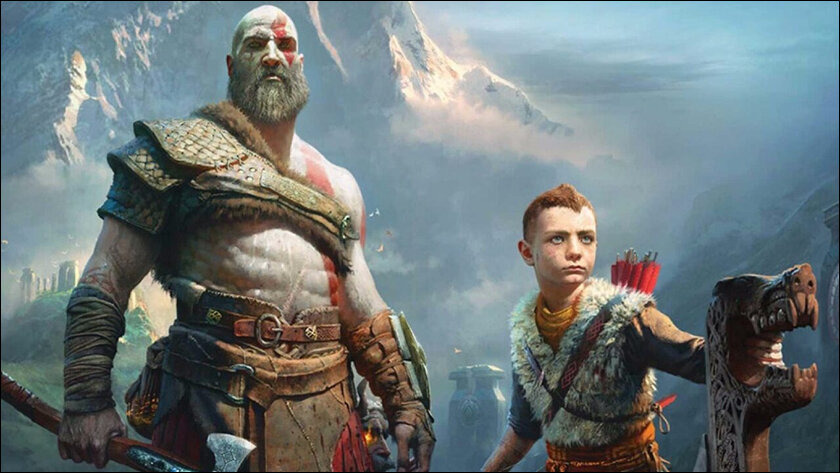
Kratos’s journey with his kid explores the effects of toxic masculinity and absent parenthood, as well as the effort required to mend a strained relationship, despite being a funeral march (or perhaps because of it).
Since the release of the 2018 game, the novelty of the change from the original trilogy to the reboot has worn off, but that does not diminish its incredible success. This “God of War” is one of the PlayStation 4’s wonderful library of exclusive games that is among the simplest to recommend to just about anyone.
God of War Ragnarök – PS4 & PS5 in 2022
It may be too soon to make a judgment, but after playing it, it is difficult to contest its positive aspects and how much the previous trilogy is evoked while highlighting its best features. The biggest combat engagements rival those in the opulent second and third games, and 2018’s improvements have been made. Giant adversaries cover the screen, and this time, each battle has several emotional nuances because Kratos is reluctant to take part. Every battle in this game is a little bit more exciting than any other in the series thanks to the increased tension.
The puzzles in “Ragnarök” are among the strongest in the series, relying more on logic and lines of sight than the hide-and-seek gameshows of the 2018 release or the formulaic block-and-lever puzzles of the earlier games. With a brand-new move set that will excite seasoned players and the perspective of the 2018 prequel, the fighting is the best in the series. It also brings back memories of Sparta’s glory days. The plot resolves to be the most satisfying and upbeat ever seen in the series, despite some pace concerns in the opening few hours. Zeus was a nemesis that was simple to despise, but Odin, the Norse All-Father, adds a new dimension of tempting danger to the proceedings.
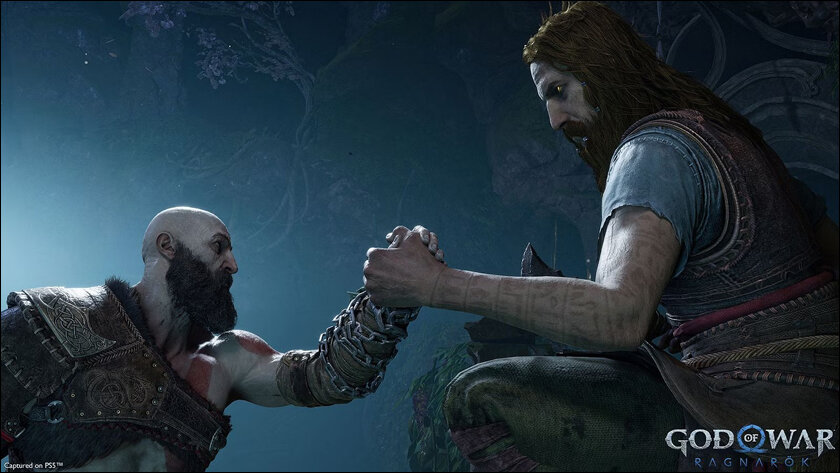
As opposed to the cliffhanger from the previous games, this one leaves us with a sense of loss. A victory that is both tragic and uplifting, “Ragnarök” is.
Hope you will have enjoyed it, kindly share your thoughts and input for our next article will be grateful.
In case you missed:
- None Found


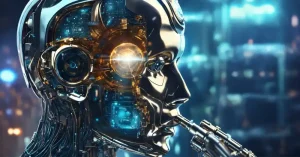

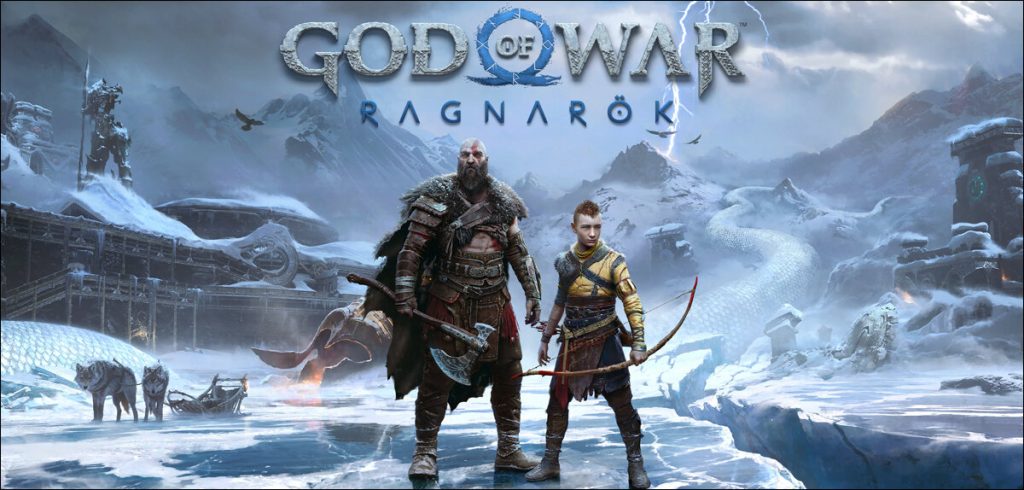
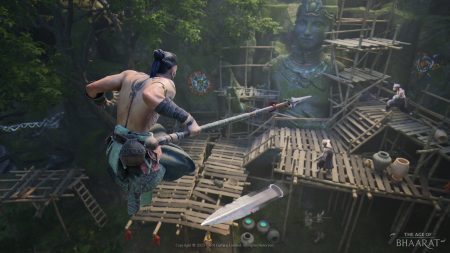
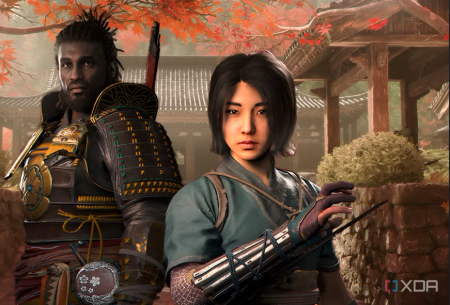
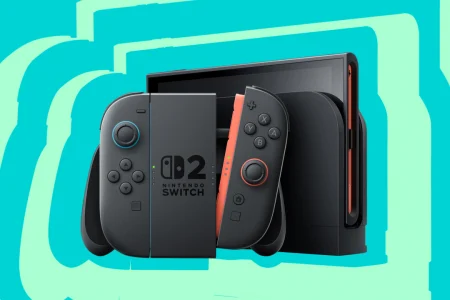



3 Comments
Nice! Great Job!
wonderful work Bro
That’s wonderful, gave live experience and an article with great word choice, Great work👏👏👏